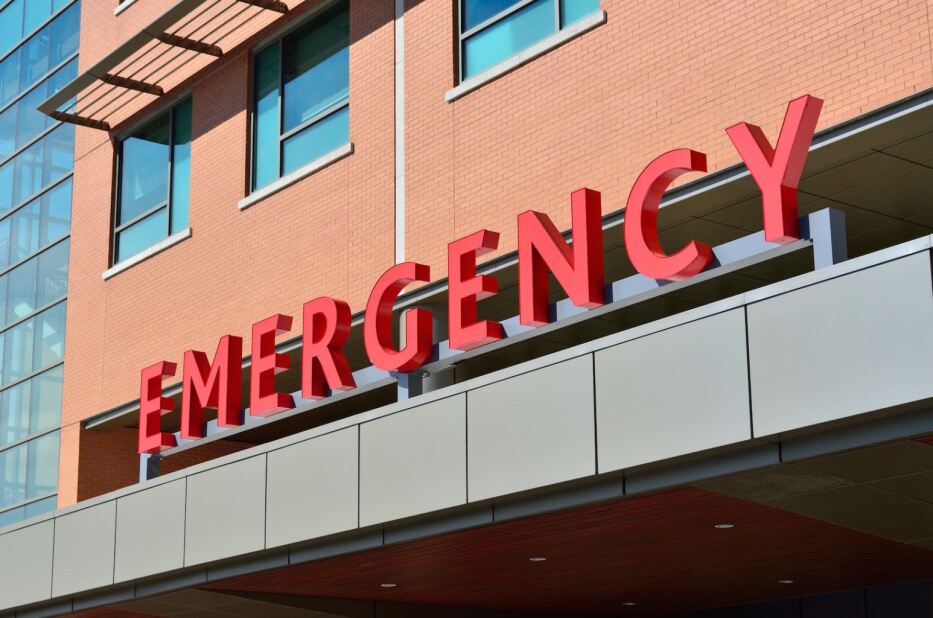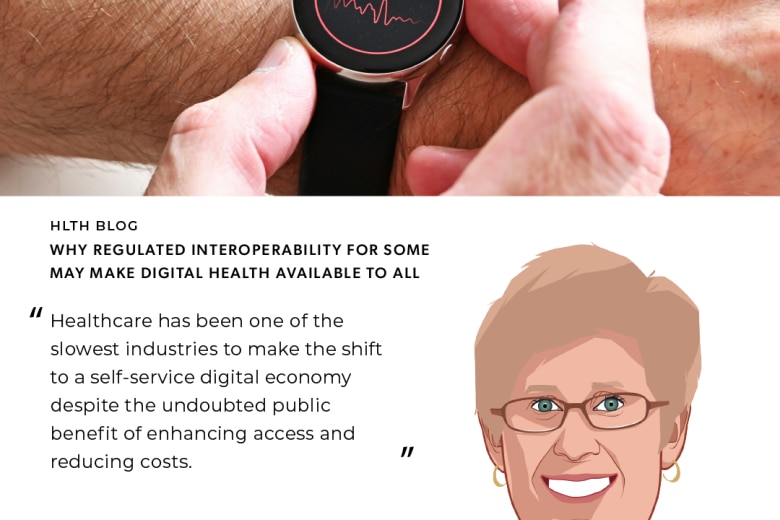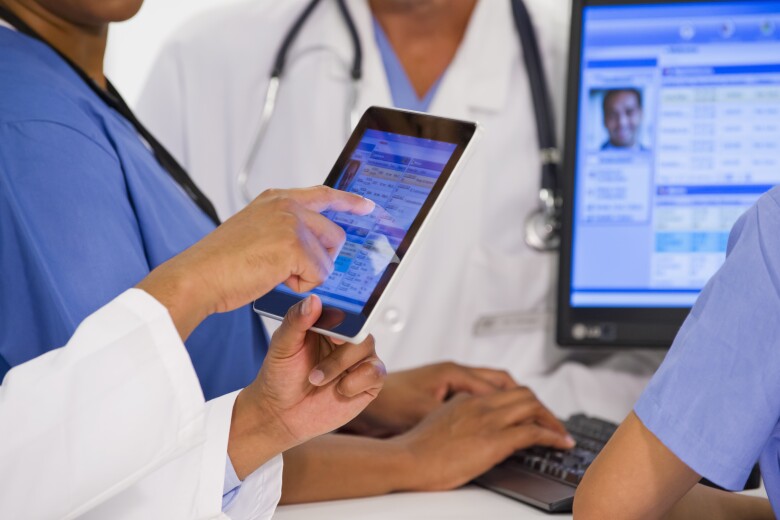One of the most significant and dangerous gaps in patient care is between EMS providers and emergency departments. The antiquated approach of EMS sharing patient health information (PHI) via radio or hard copy reports with hospitals often results in physicians not receiving all of the necessary information in a timely manner. With PHI only moving in one direction, EMS providers are unable to access essential information when delivering care. Without this timely bidirectional flow of information, the quality of care provided by EMS is compromised and the potential for a patient to be sent to an out-of-network emergency room or have unnecessary tests or procedures dramatically increases.
So, what can we as an industry do from the EMS perspective to improve the flow of information and improve the overall patient experience - from transport to admittance? First and foremost, we can integrate with hospital health information exchanges (HIEs). This will enable EMS personnel to more quickly identify and diagnose problems in the field and ensure patients get the right care, at the right moment, at the right place, every time.
As an industry, we’ve gone from 400+ vendors in the EHR space to eight that represent more than 90 percent of EHRs at the hospital level. This means the time is right to push for improvements in interoperability. Now is the time to traverse that final mile and connect EMS to the EHR - and ZOLL is doing that through its integration with InterSystems.
Through the implementation of InterSystems HealthShare, ZOLL created the ZOLL Care Exchange to change how EMS providers communicate with hospitals and health care providers. The ZOLL Care Exchange will also improve EMS quality and reimbursement efficiency by providing more timely and complete updates on patient outcomes and diagnoses. It helps us ensure that regardless of where we meet the patient along his or her health journey, we have the information we need to provide seamless, continuous care.
We’ve identified three primary use cases for this integration:
- It allows us to query and access patient information in the field to ensure consistent, appropriate care is provided and the patient is transported to the preferred facility.
- It allows us to document the care EMS provides and transmit those health records to the patient’s provider and/or hospital EHR to ensure providers have a complete and timely picture of care provided.
- We can now conduct queries for patient outcomes and business-related information, which will allow us to appropriately document and bill for care.
As healthcare providers, this next step in integration makes sense. It enables us to better serve our patients and give them the care they need when and where they need it. The ability to electronically share PHI with other care providers across the continuum of care enables us to close care gaps, empower care teams, measure outcomes, and, most importantly, drive better care delivery forward.
About the Author

Greg Mears, MD serves as the Medical Director for ZOLL Medical Corporation providing guidance on the design of ZOLL’s data management offerings with a focus on utilizing data to drive both clinical and operational excellence. Dr. Mears has been an emergency medical services physician, educator, and specialist in performance improvement for more than 20 years. He demonstrates a passion for building integrated systems of care and for using real-time data to drive EMS operational and clinical decisions. In 2008, the Journal of Emergency Medical Services recognized Dr. Mears as the Top Innovator in EMS. Follow Dr. Greg Mears on Twitter @GregMears.
Watch the recap of Dr. Greg Mears' presentation from HIMSS18 here.






































